I've liked cemeteries for all of my adult life, at least ever since I used to climb up behind Chapel House and spend some quiet time at the Colgate University Cemetery.
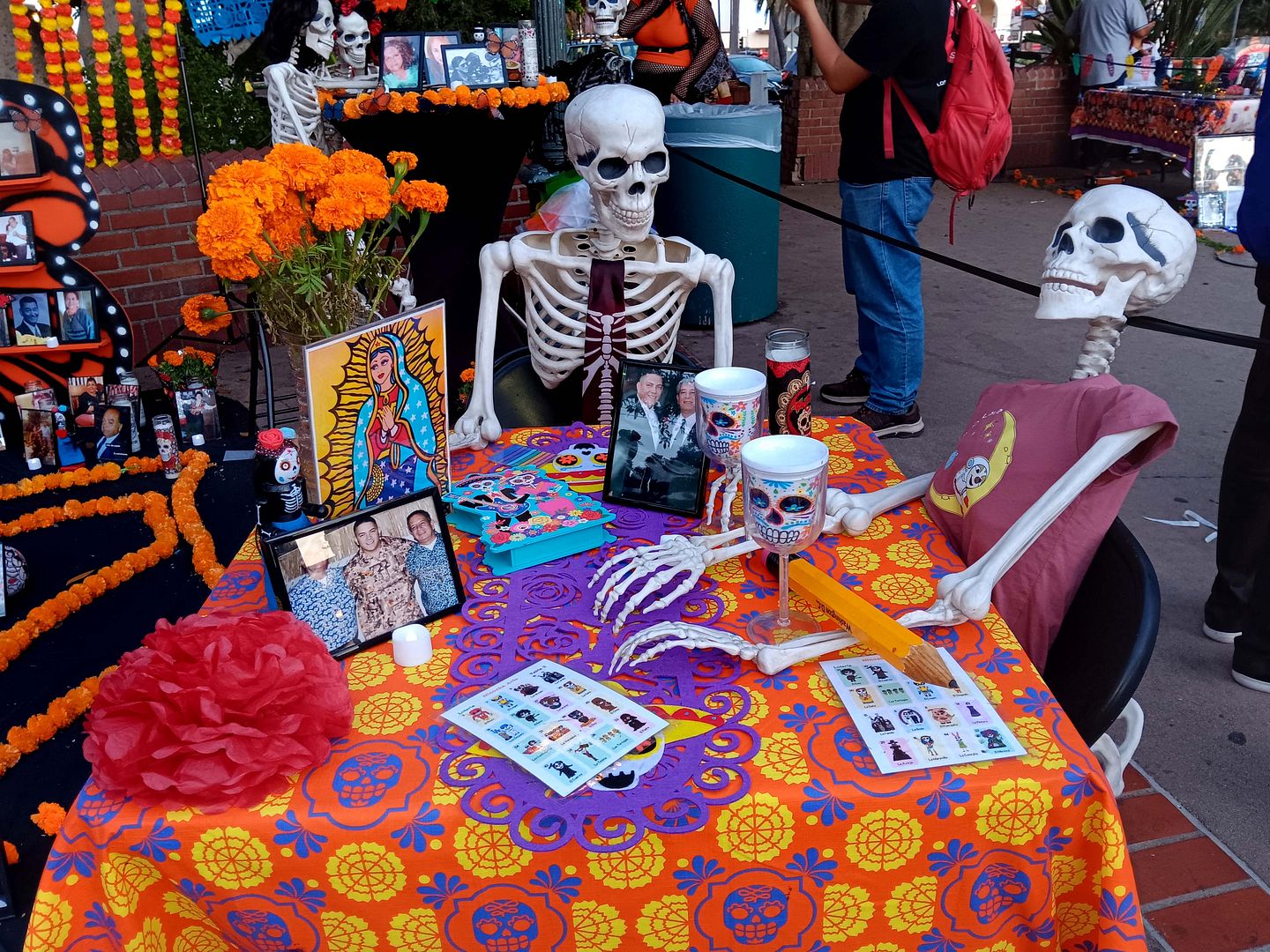
But living in Southern California has taught me a little bit about how Mexican cultures honor the dead in a very living sort of way—namely, building altars (or ofrendas) where they honor the lives of those who've passed by making offerings (like sugar skulls) and setting up photos, dioramas, and more.
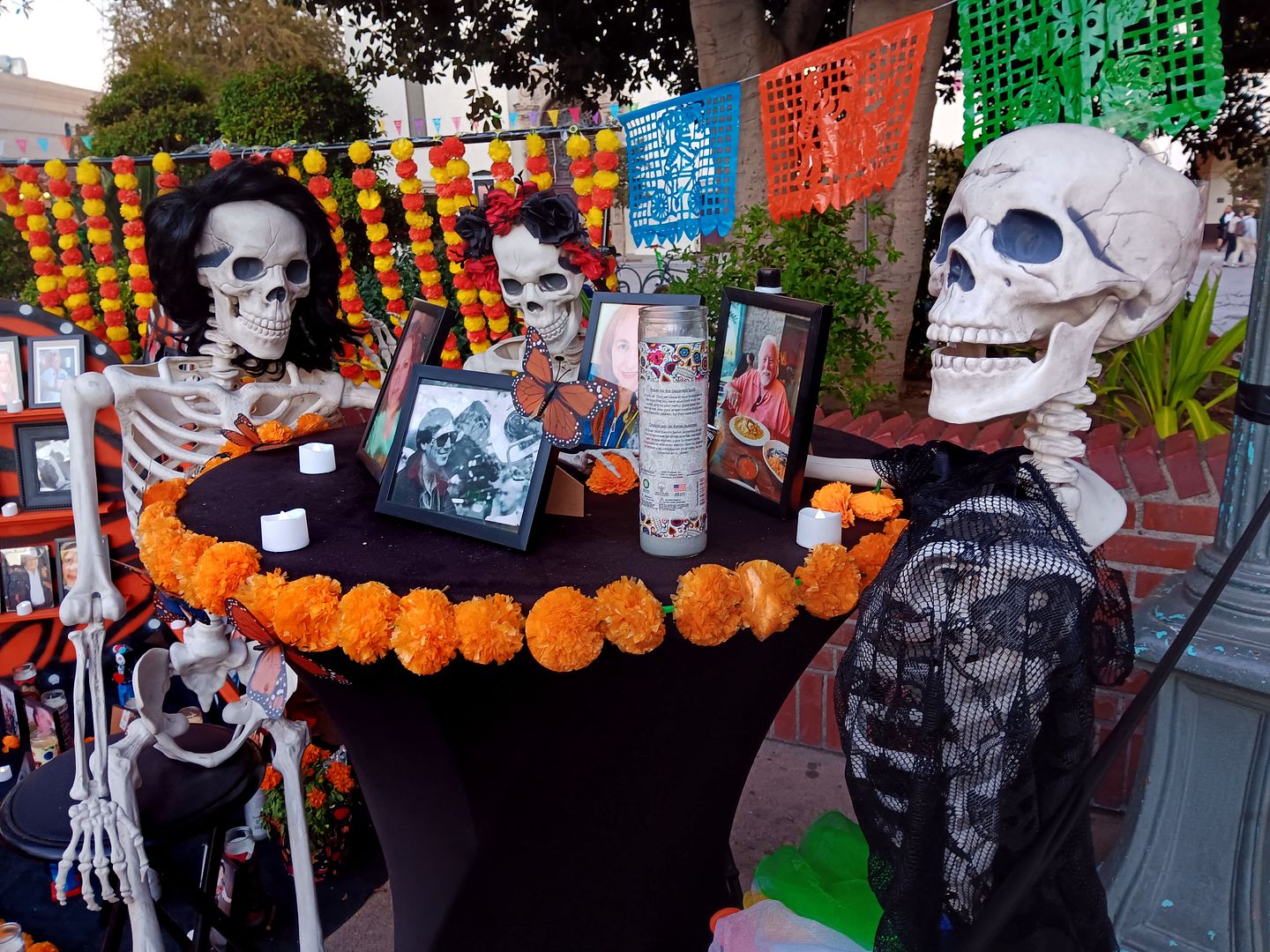
It's kind of like tablescaping for the dead—with a healthy dose of reverence.
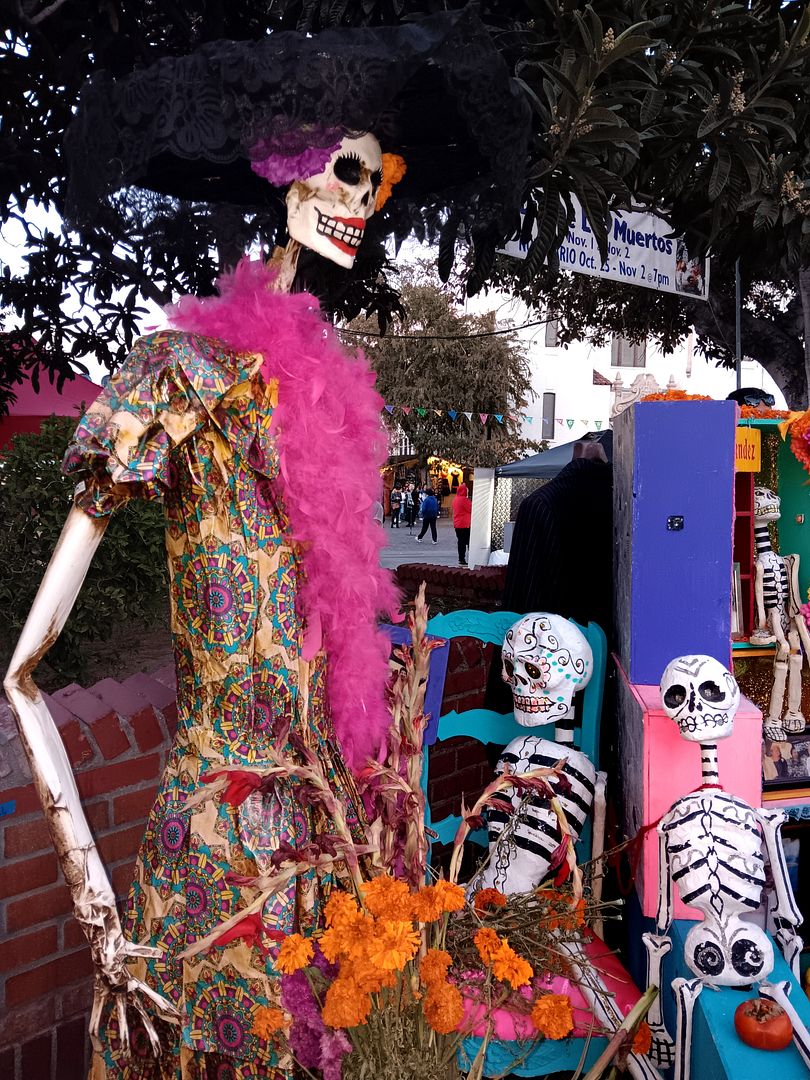
In fact, while Anglo culture evolved to transform cemeteries into "garden parks"—and treat death as an aspect of "horror"—the Mexican tradition is to embrace the skeletons (calacas, or calaveras, a word also used for the skulls) and put them front and center.
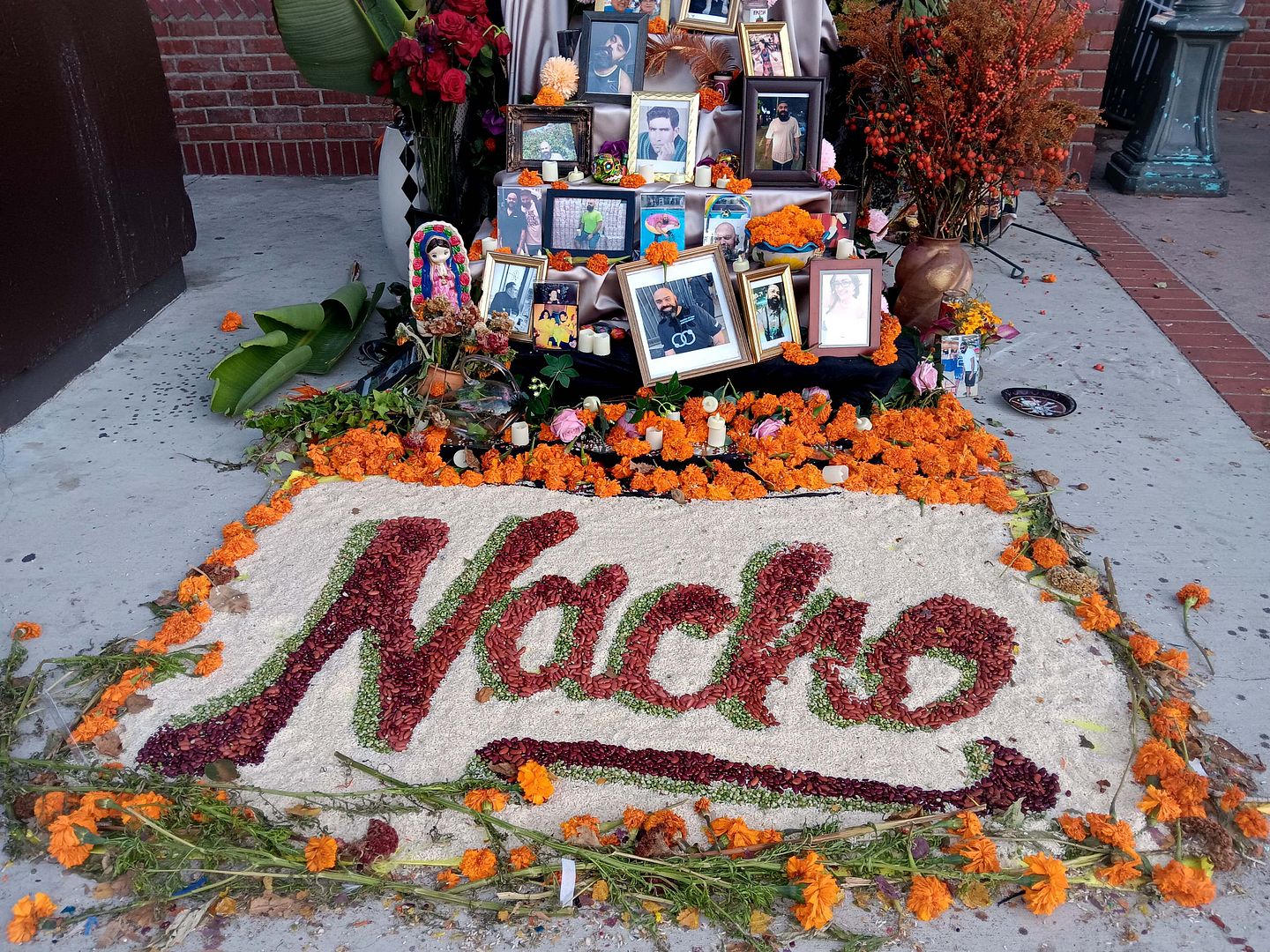
It took me 13 years, but I finally made it to El Pueblo de Los Angeles Historic Monument this November for its Day of the Dead (Día de los Muertos) celebration...
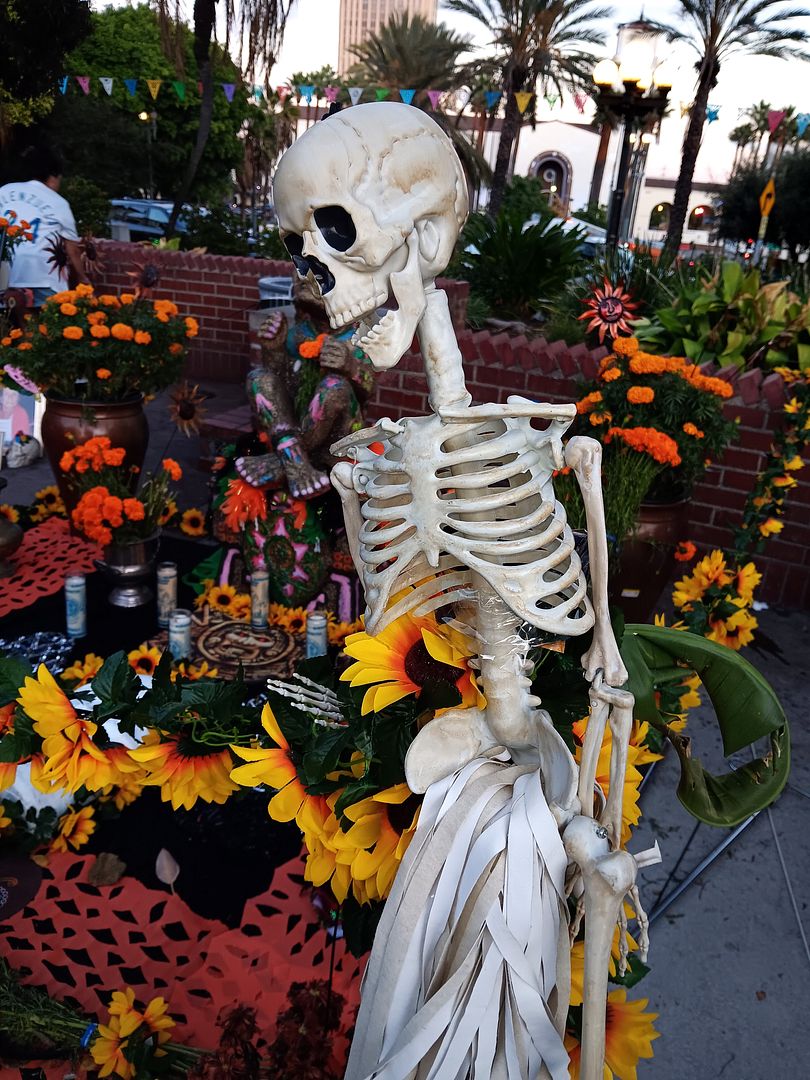
...which not only includes some of the most elaborate and spectacular altars you've ever seen...
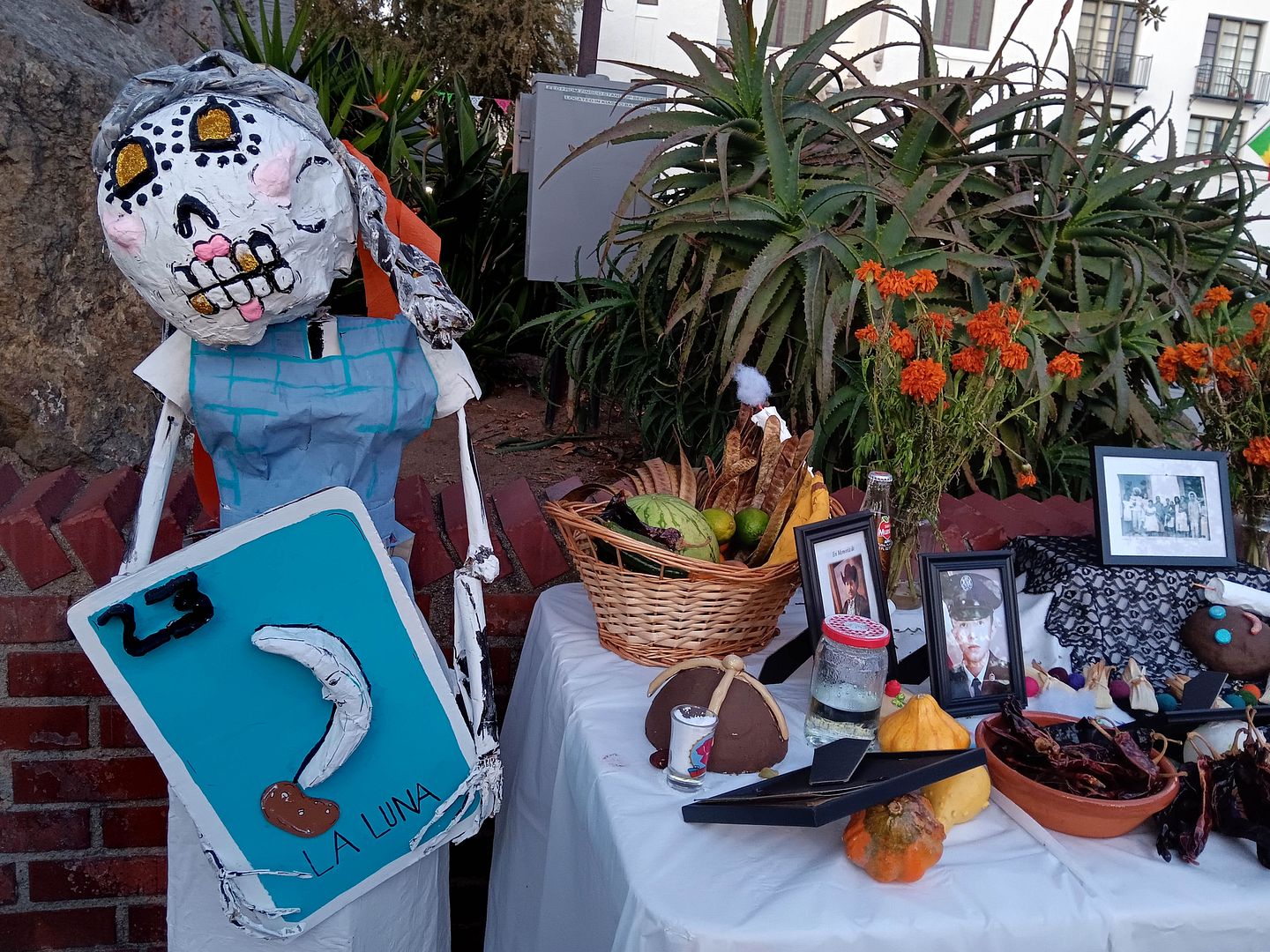
...many of which are handmade works of art...
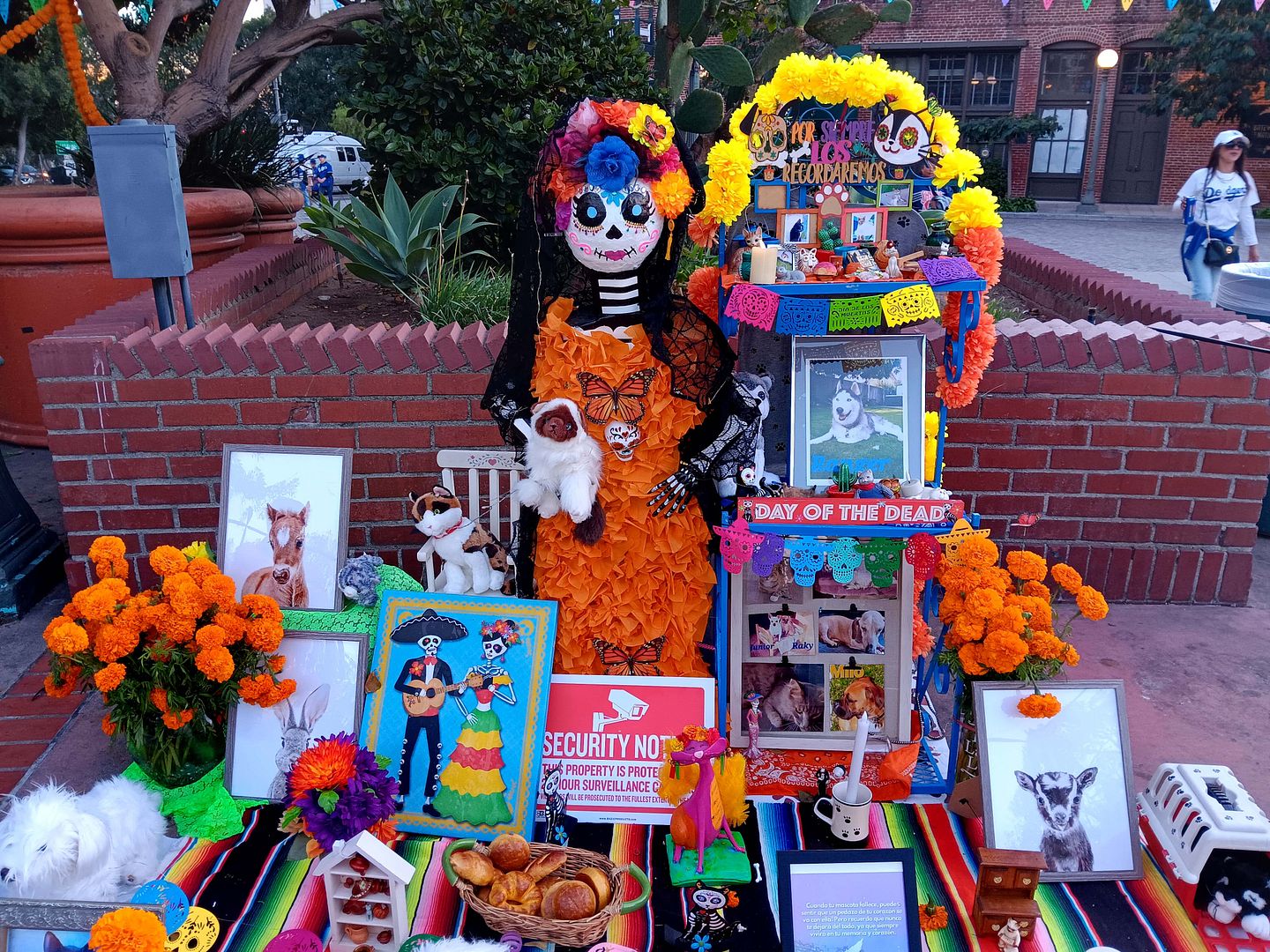
...but also plays host to festivities that take place over the course of nine nights (a nod to the Latin American tradition of the novenario, a devotional period of prayers and offerings made for nine days after someone dies).

I got to La Placita early to check out the ofrendas and smell the marigolds (the "death flowers" that are thought to help guide spirits to where they need to go)...
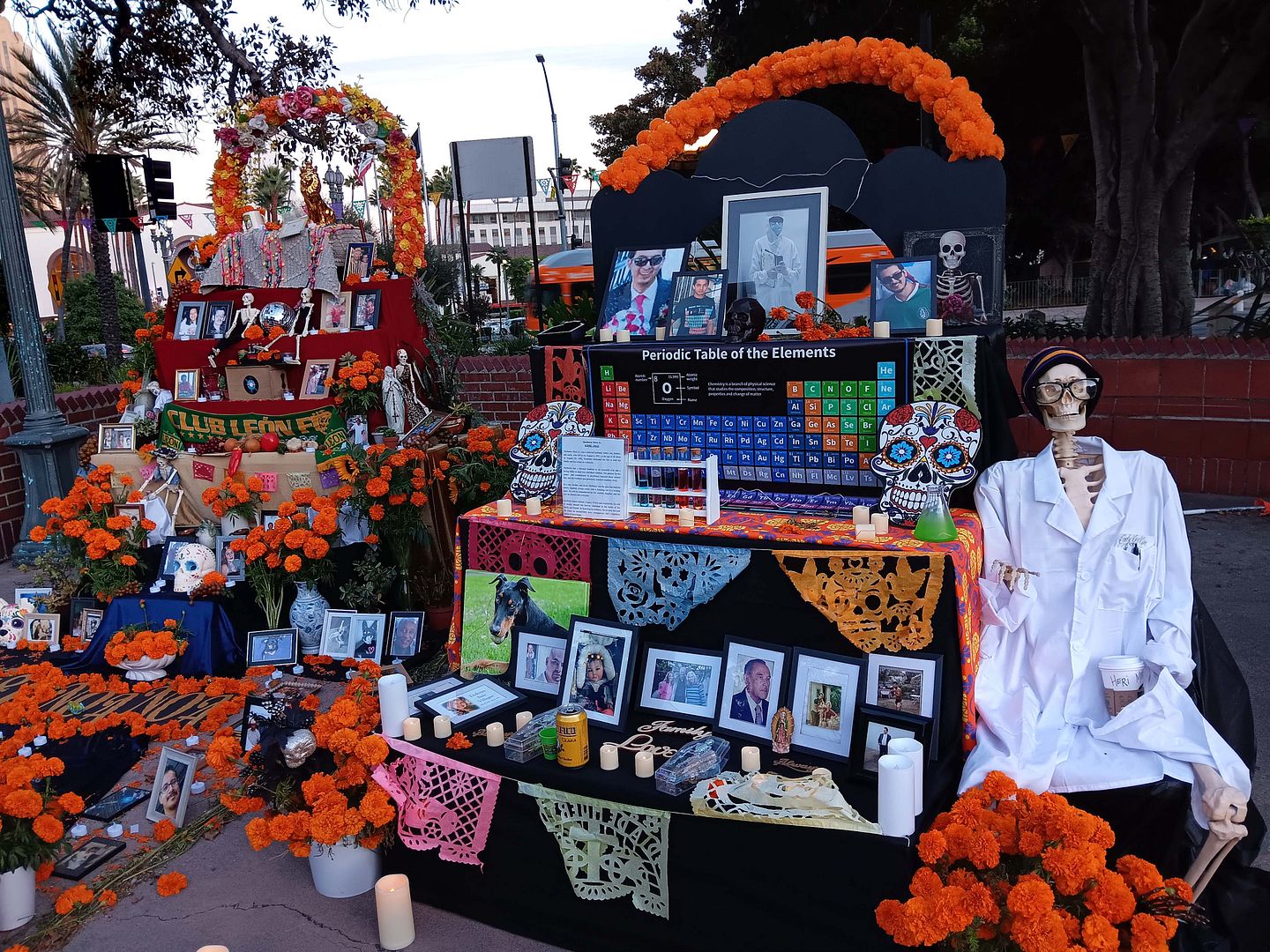
...and then as the sun sets, grabbed a spot to stand by the Pueblo's centerpiece gazebo (a.k.a. el kiosko). 
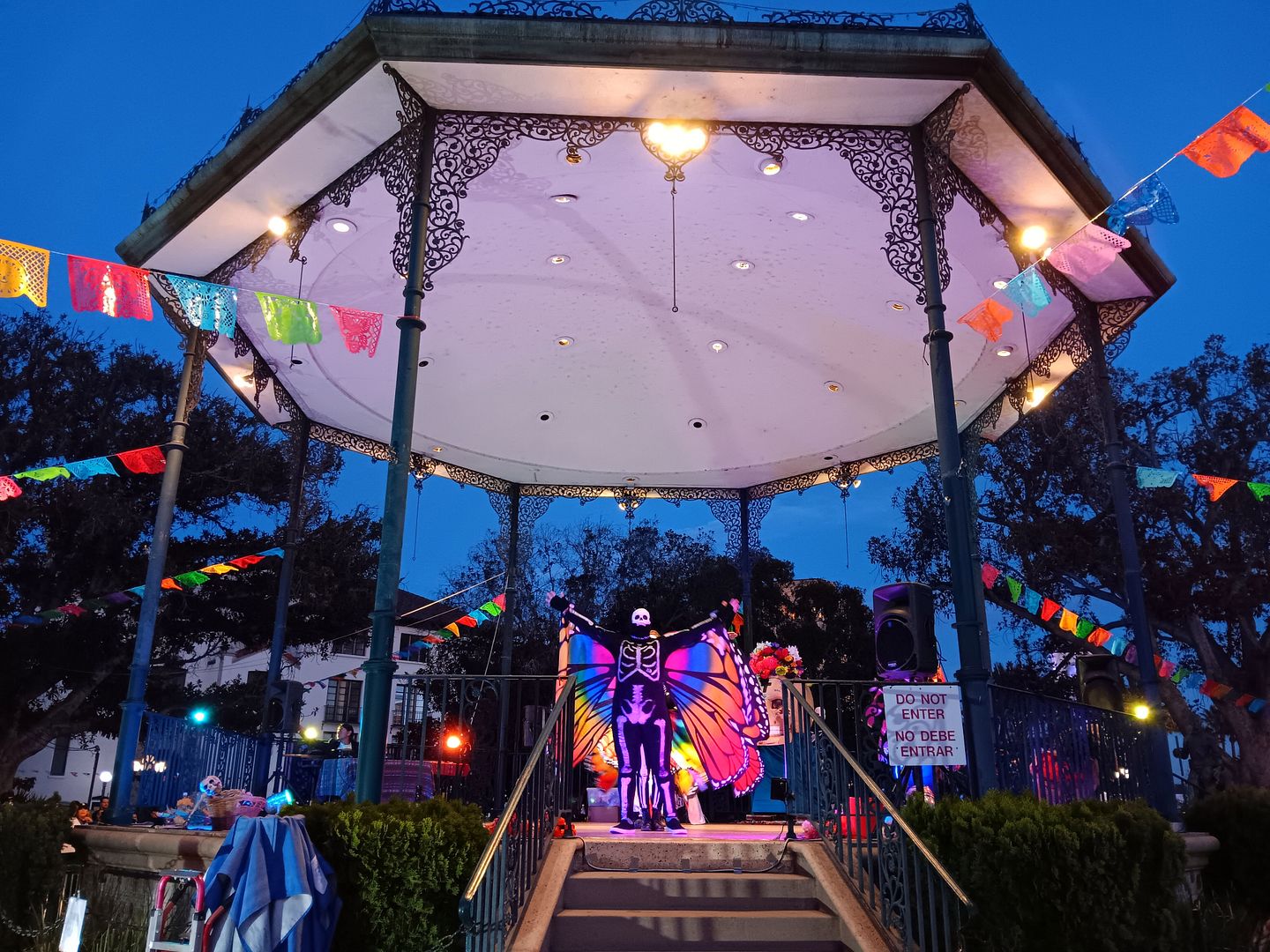
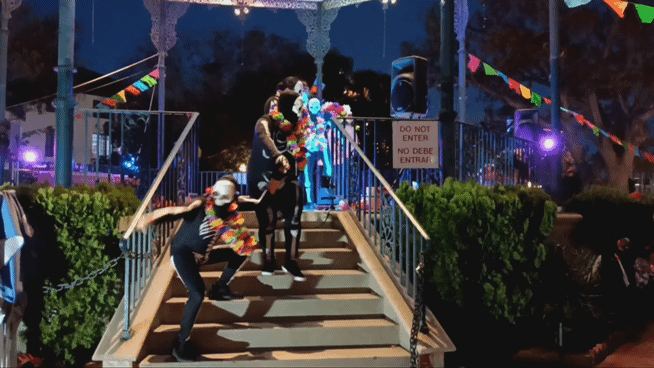
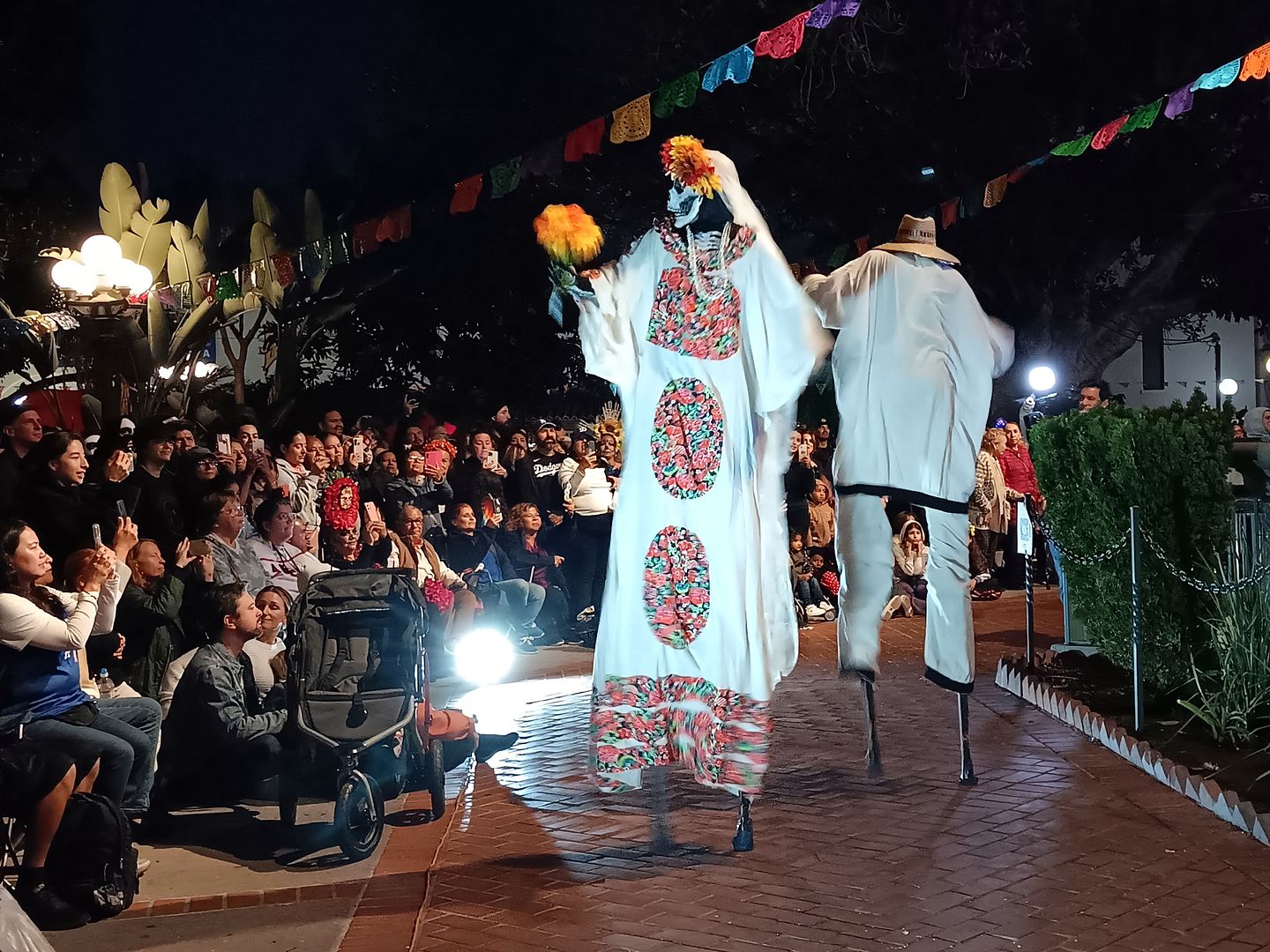
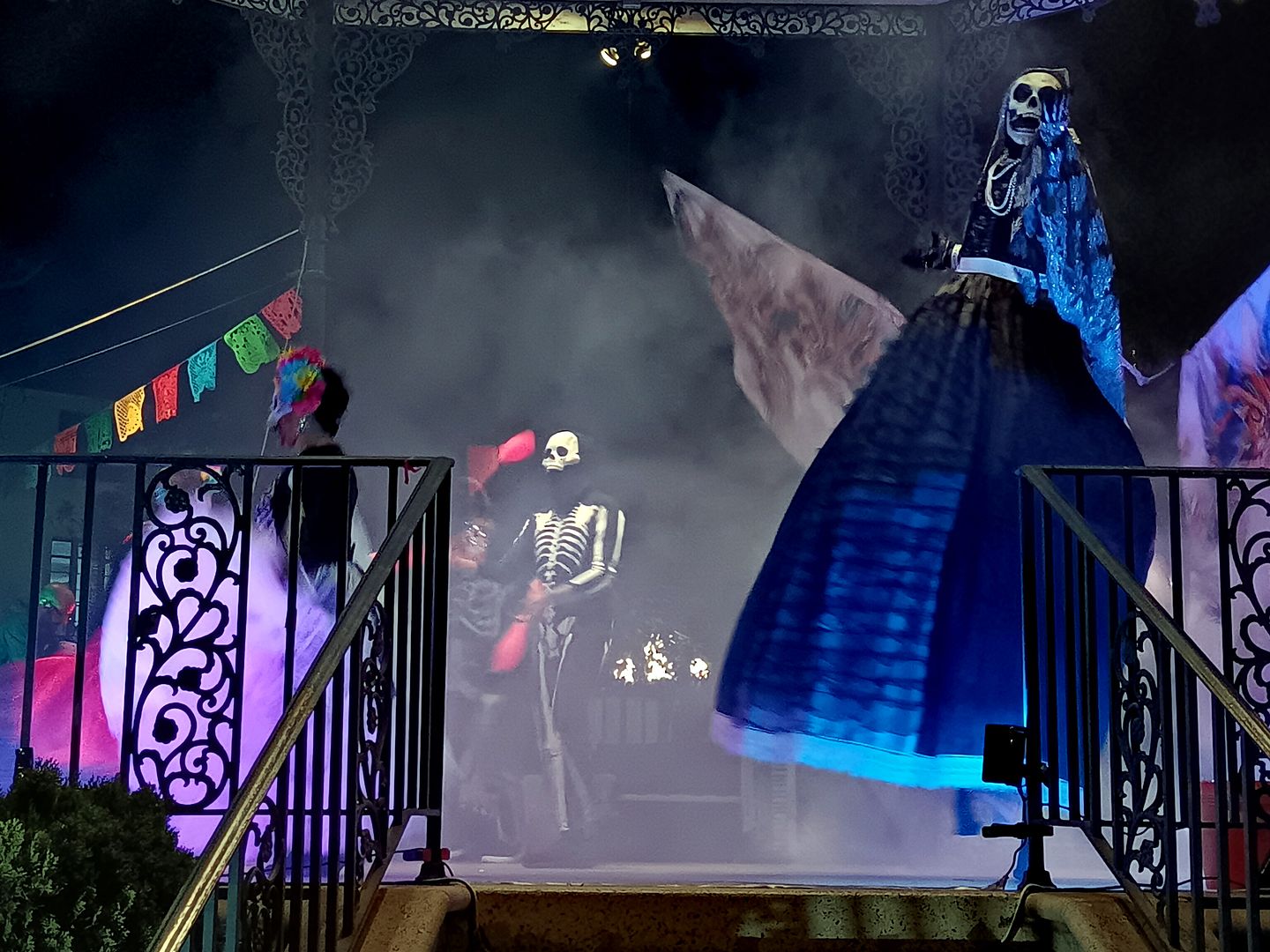

At 6 p.m., Teatro del Barrio took to the plaza stage to present La Danza de la Muerte ("The Dance of Death")...

...in which skeletoned characters (a.k.a. "Living Muertos") celebrated both life and death, sometimes donning wings of the monarch butterfly (which represents the spirits of the dead who've returned to visit the living).

At one point it seemed like death was after me—but the skeletons just wanted children to bring up onto the stage.

Among the other characters depicted were La Catrina and Catrin on stilts (at some point seeming to make a baby)...

...and there was lots of music, too, including a song about pan (perhaps specifically pan de muerto or Mexican bread of the dead) and, for the finale, the Mexican folk song "La Llorona" ("The Weeping Woman").
At 7 p.m., a procession crawled up and down Olvera Street—led by the Indigenous Aztec group Grupo Tartalejo, which kicked things off by burning incense and making a ceremonial blessing. Aztec dancers, percussionists and other musicians followed, then joined by members of the public. We spectators squeezed onto stoops and under overhangs of the merchants' stalls to watch from the sidelines.
Much of the crowd then returned to the old plaza for sweet breads and champurrado (a warm, chocolate beverage from Mexico)—but I took the opportunity to cross something else off my list, which was to eat the famous taquitos and avocado sauce from Cielito Lindo (operating on Olvera Street since 1934).
You can get a sense of the evening's entertainment in the video below, but you really have to see it in person to fully appreciate it.
Related Posts:

No comments:
Post a Comment